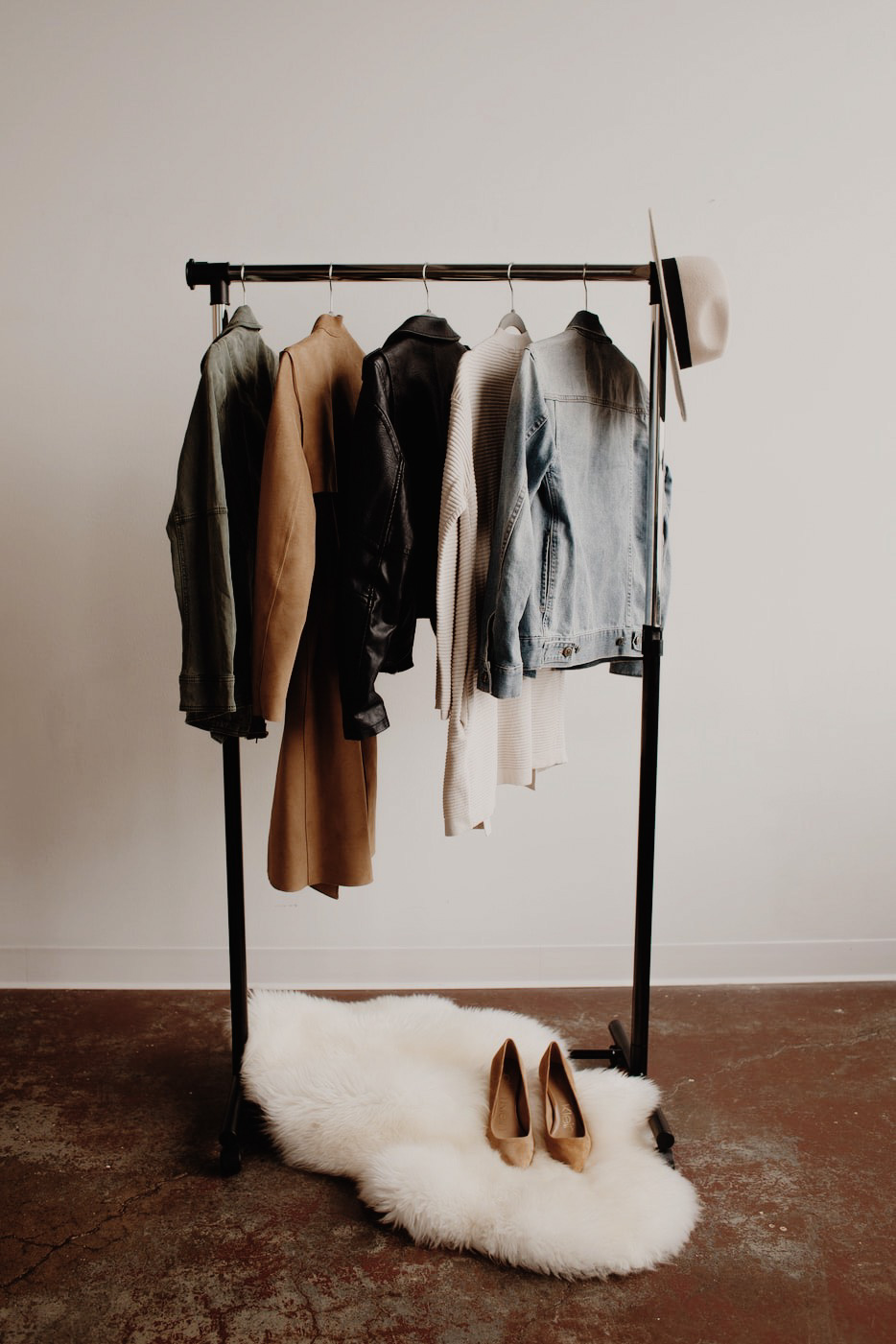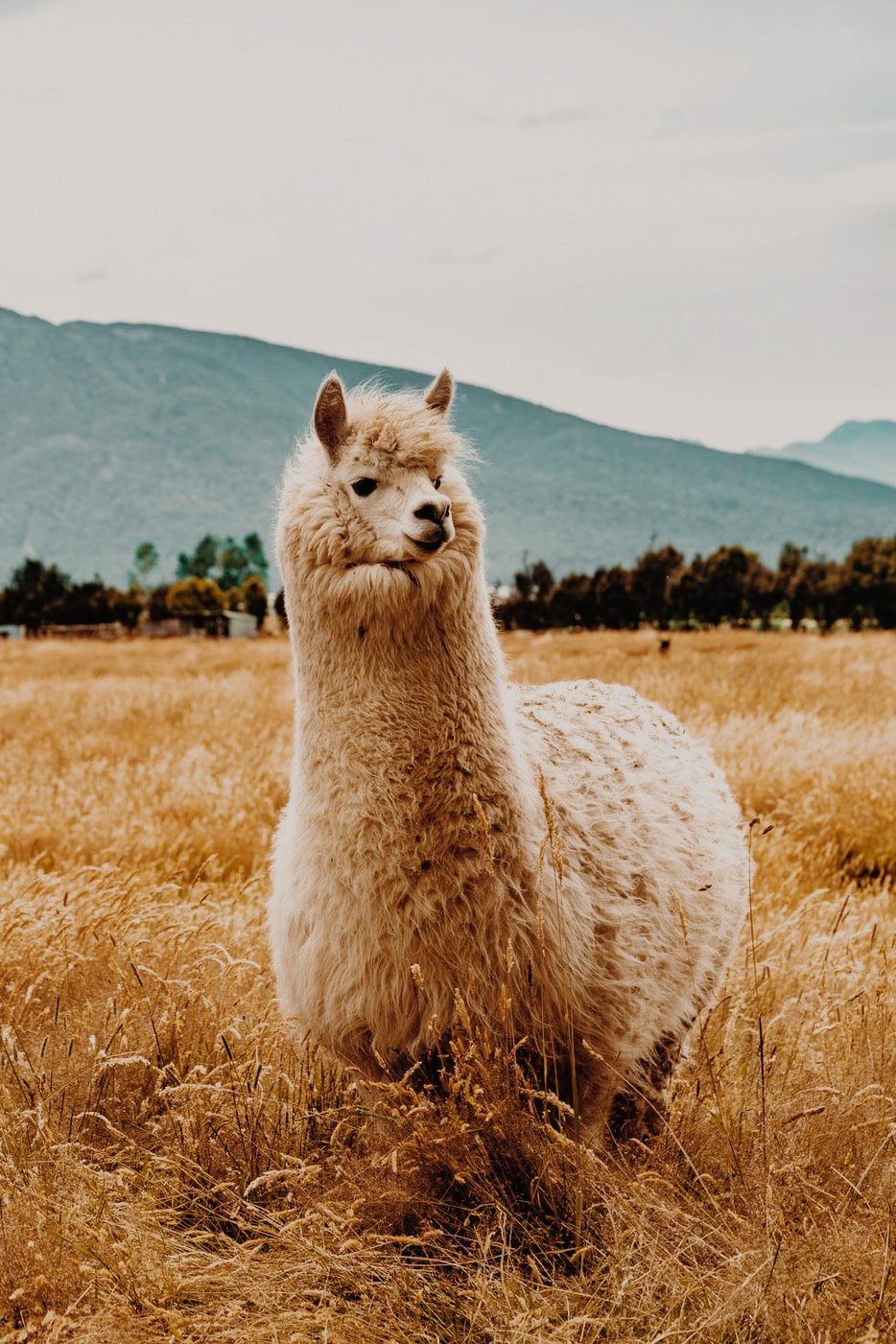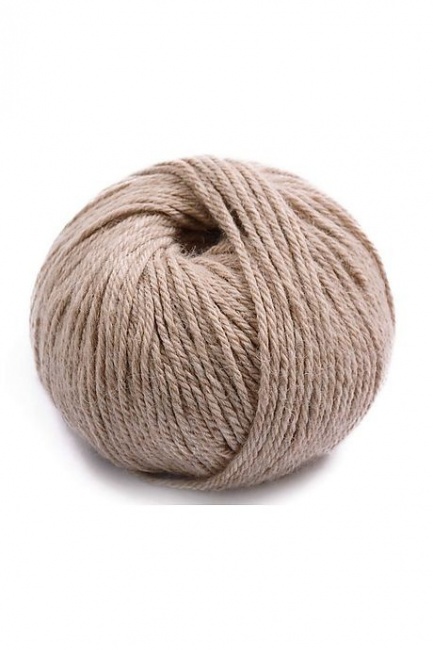Which animal is the most respected in the fashion industry?
The reality of animal conditions in the fashion industry
Even though consumers have been fighting against animal abuse for years, there are still debates about animal suffering in the fashion industry. The use of animal skins for fur is nowadays a struggle by more and more people such as celebrities fighting for the animal cause.
Despite recent measures put in place to protect and improve animal welfare, there is still a large number of garments made from animal suffering in some countries. In China, a billion animals are killed for the leather trade alone every year. In this Asian country, there are no regulations against animal abuse in animal husbandry.
Unfortunately, it is not only the use of leather that is controversial. The fur industry in Europe is one of the cruellest, mostly involving unbearable conditions for the animals that are slaughtered. To make a single mentau hood, for example, two animals are bitterly killed, usually raccoons, foxes or rabbits. They are gassed, slaughtered, poisoned and electrocuted to provide you with a symbol of luxury and wealth par excellence.
We also find atrocious practices for the manufacture of down: this one is directly recovered from the geese or ducks still alive, which is particularly painful for our small companions.
Finally, even if the wool trade is more harmless than the others, it still involves barbaric practices such as mutilating animals to avoid fly infestations.
Overall, the fashion industry participates in the capture of free-living species, sometimes protected or endangered species, to produce clothing. In other cases, animals are bred solely for fur or wool, which in the vast majority of cases results in the execution of animals when they are no longer able to produce enough for the fashion industry.
Animal-friendly fashion
Many consumers in the fashion industry today are closer to the convictions in favour of the good treatment of animals. They have become aware that the planet and its inhabitants are important in this changing environment. They now want to know how the clothes they buy are made and are vigilant about the animal's well-being.
Many designers in the fashion industry have joined this cause such as Giorgio Armani, Gucci, Jimmy Choo, Ralph Lauren, Hugo Boss, Calvin Klein, Tommy Hilfiger, Michael Kors and Versace.
These world-famous brands show a particular interest in animal rights and support numerous projects for their protection. This trend in favor of animals will continue to develop in the future. These efforts and perseverance can give us hope that fur will be completely banned from the fashion market in the coming years.
The alpaca pampered at BellePaga
BellePaga, the Belgian brand of natural baby alpaca wool clothing and accessories is a brand with strong values related to nature, fair trade and sustainable development.
How is alpaca treated?
The alpaca, the Lama's cousin, lives on the very high plateaus of the Andes, in South America, at more than 4000m of altitude. This animal produces a fine and silky wool with exceptional virtues. Indeed, it is extremely comfortable because of its softness, lightness and unequalled warmth. It is actually more of a fiber than a wool since it does not contain lanolin (an allergenic and uncomfortable substance, specific to different wools). This natural fiber is also very resistant, thermoregulating and hypoallergenic. It perfectly respects the skin of those who wear it.
BellePaga's main concern is to respect the animal. The Alpaca fiber used is of high quality and comes from farms where the animals evolve in complete freedom in their natural habitat. Moreover, alpaca has a very low impact on the ecology because alpaca does not pull out the roots of the grass when it grazes, it simply cuts it. It also has small pads, which allow the preservation of the soil and its environment!
The shearing of the alpaca takes place only once a year in Peru, at the most favourable period for its well-being. All BellePaga's items are produced on site in order to have access to the expertise of local weaving techniques.
In addition to having ecological virtues, the alpaca fiber called baby alpaca has sustainable virtues :
-Alpaca fiber is 4 times more resistant than sheep's wool and has a longer life span than clothing.
-Alpaca fiber has developed a thermal insulating power 7 times higher than sheep wool and does not emit any odor when wet.
-Alpaca fiber is the only wool that does not pilling despite washing.
BellePaga encourages the fashion industry to respect animals and the environment, that's why 5% of its profit is donated each year to support an environmental protection association.
Discover baby alpaca wool items on www.bellepaga.com, for the happiness of animals and customers!







